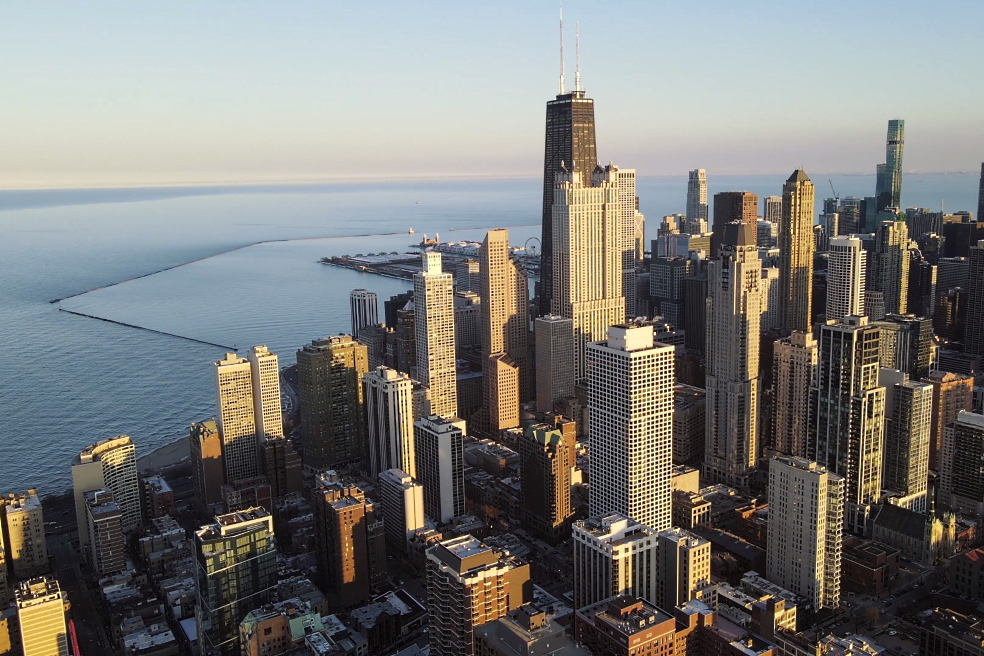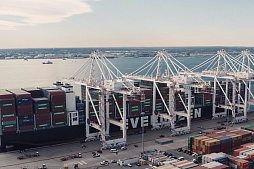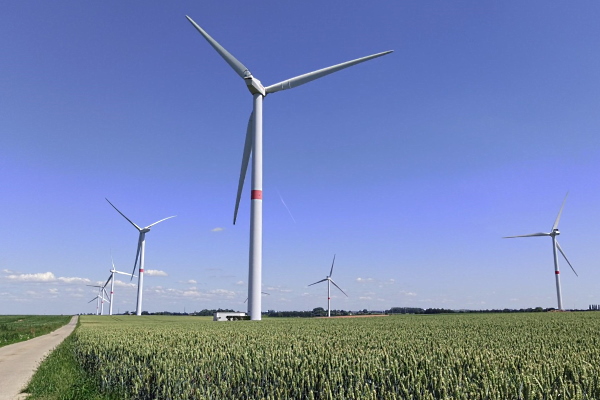To consider an application for financing, fill out the form and send it to us by e-mail along with the project brief, or contact our experts
In addition to traditional deposit resources, banks can accumulate funds in the securities market, in particular by issuing covered bonds.
Covered bonds (CBs), as defined by the European Covered Bond Council, are debt instruments protected by a pool of mortgages (real estate as collateral) or government debt to which investors have a preemptive right in the event of default.
EU Directive 2009/65 (UCITS IV, Undertakings for Collective Investment in Transferable Securities Directives) defines the following legal characteristics of covered bonds:
• Covered bonds must be issued by EU credit institutions.
• Credit institutions are subject to state supervision to ensure the protection of bondholders.
• Investments of funds raised during the issue can be made only in the assets specified by law.
• Claims of bondholders must be secured by assets before the maturity of the securities.
• Bondholders must have preferential claims on the issuer's assets in the event of bankruptcy.
The origins of covered bonds date back to 1770, when Silesian Landschaft began lending to its members not in cash but in securities called pfandbrief.
These papers indicated mortgaged real estate and guarantees provided by all members of this association.
The borrower could sell pfandbrief in the capital market, receiving real money.
In 1852, the French mortgage bank Crédit Foncier de France was founded, which issued bonds of a joint-stock company to finance mortgage loans. Mortgage bonds did not specify specific assets that correspond to a specific paper. This form of financing also began to be used in Germany, although the name remained pfandbrief.
Thus, classic covered bonds originated in France.
According to Pricewaterhouse Coopers, covered bonds have the following benefits for investors:
• Covered bonds provide investors with legal rights to both the issuer and a defined pool of assets in the event of bankruptcy.
• The transparency and simplicity of covered bond programs is usually higher than in most securitization schemes.
• One-time full redemption of covered bonds provides greater confidence in liquidity management for issuers.
• An important advantage of covered bonds over unsecured bonds is the preferential redemption regime.
The issue of covered bonds and securitization (asset-backed securities, ABS) are considered as different mechanisms for attracting financing for banks and credit institutions.
Table: Brief comparison of securitization tools and covered bonds.
| Criteria | Securitization tools | Covered bonds |
| Issuer | Special Purpose Vehicle (SPV) | The issuer is the originator of assets |
| Investors' rights | Investors are entitled to collateral and related financial flows. | The investor has a right of claim to the issuer and the pool of coverage. |
| Assets (collateral) | In most countries, there is no special regime that defines securitization mechanisms, so a specific model is built based on the needs of participants. | Covered bonds are in most cases regulated by national law, including a list of eligible assets for coverage. |
| Balance | Assets and related risks are transferred from the balance sheet of the originator to the balance sheet of the SPV (SPC). | The assets usually remain on the issuer's balance sheet. |
| Standardization | ABS mechanisms are usually not standardized, so specific types of agreements are developed based on the requirements of the project. | Covered bonds are standardized and comply with uniform requirements (eg European Union directives). |
| Coverage pool | The originator determines the specific coverage, and the asset pool can be renewable or static. | The pool of coverage is dynamic and the issuer actively manages the pool of covered bonds. |
| Bond structure | Controlled depreciation or payments based on pass-through participation | Covered bonds are redeemed once with no risk of early redemption. |
| Bankruptcy | Investors have a priority right to cash flows and SPV assets that serve as collateral in the event of bankruptcy. | If the coverage pool does not meet legal criteria, it must be increased. If these assets are not enough, investors receive rights at the level of senior creditors in the event of the issuer's bankruptcy. |
The legal framework for the issuance of covered bonds has been changed and improved in recent years.
This legal framework continues to evolve, bringing many evolutionary changes to the capital formation of credit institutions and influencing business financing landscape.
In Germany, the Pfandbrief Act was passed in 2011 and is constantly changing (the last significant changes were made in 2021). Issuers of pfandbriefs can be any banks with special licenses. License requirements included a minimum level of bank capitalization (initially 25 million euros), a general banking license, strict risk management procedures and tools, and a business plan.
In the first half of 2010s in Germany, the structure of issues of covered bonds was dominated by bonds with a pool of loans to the public sector, accounting for about 60%.
In France, the legislation on covered bonds was significantly modified in 2011, after which it was periodically amended.
The following types of covered bonds are issued in France:
• Obligations foncieres, which may be issued exclusively by the specialized credit institution Sociétés de crédit foncier (SCF), which purchases or provides covered assets and finances these assets on the basis of a bond issue.
• Bonds Caisse de Refinancement de l'Habitat, issued by a specialized credit institution, which was established in 1985 to refinance French banks for issuing housing loans. The coverage pools are formed from mortgage loans for individuals.
• Obligations de Financement de l'Habitat, issued by Sociétés de fínancement de l'Habitat (housing finance companies). These companies provide mortgage loans to individuals and are usually affiliated with banking institutions.

In Spain, the legislation on covered bonds (Cedulas Hipotecarias) was adopted in 1981 and significantly improved in 2007-2009.
Under law, mortgage-backed securities can be issued by commercial banks, savings banks and cooperative banks. Assets that act as cover for securities remain on banks' balance sheets. banks can also issue cedulas territoriales (CT), which are covered by loans from government agencies and state-owned companies.
In Denmark, the legislation on the issue of covered bonds was adopted in 2007.
Commercial banks, mortgage banks and shipbuilding financial institutions can issue covered bonds in this country. The pool of coverage can be formed with the use of large loans to government agencies, or government-guaranteed loans secured by ships and mortgages.
Denmark and Germany are actively issuing covered bonds backed by loans secured by ships. At the beginning of 2010s, more than 98% of covered bonds in Denmark were mortgage bonds.
The European market has played a leading role in covered bonds for many years. Thus, in 2011 the share of global covered bonds denominated in euros amounted to 68.4%. The largest covered bond market existed at the time in Germany (586 billion euros). For comparison, in the United States the issue of covered bonds in circulation amounted to only 9.5 billion euros.
The issue of covered bonds allows financial institutions the following:
• Increase the duration of liabilities, which will enable banks to effectively form a long-term portfolio of assets.
• Ensure the stability of financial sources, which will increase the predictability of repayment profiles with a balanced strategy.
• Increase the diversification of the investment base by type and geography of investors (including international).
• Reduce the cost of servicing (lower interest rates) compared to unsecured circulating debt financial instruments.
• Promote the development of the banking industry, as the issuance of covered bonds is one of the most reliable resource tools.
Covered bonds can be an important resource tool in the financial sector and large business in general.
Thus, loans granted under state guarantees for the implementation of investment and innovation projects can be used as a pool of assets to cover the issuance of bonds.
Covered bonds are a promising financial instrument, the use of which by banking institutions with the appropriate improvement of legal regulation will enhance the long-term resources of banking and the development of the real sector of the economy.



























